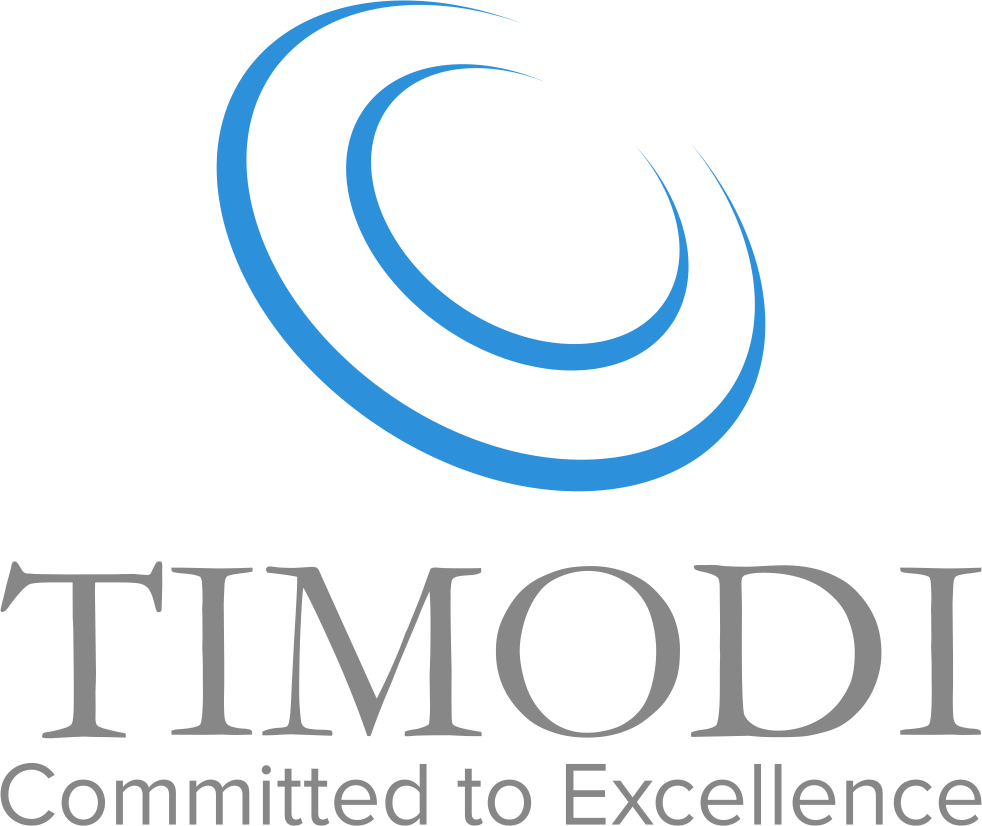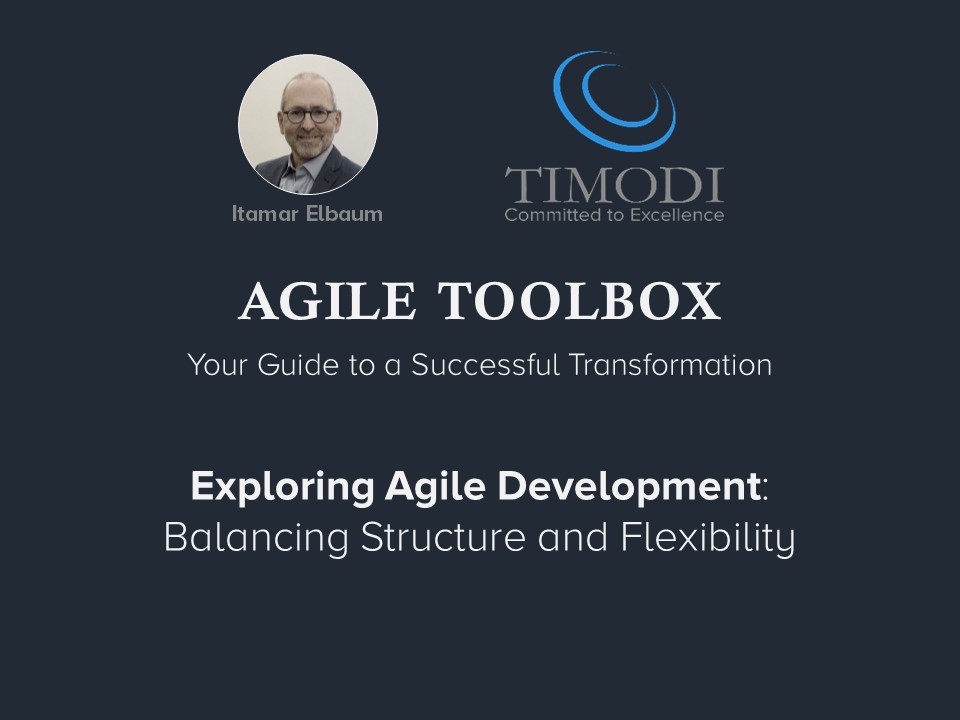Agile Development offers a dynamic approach to work, focusing on adaptability, teamwork, and rapid value delivery. Rooted in the Agile Manifesto, which prioritizes customer satisfaction, continuous software delivery, embracing change, and continuous improvement, Agile’s advantages are numerous. It prioritizes work based upon customer value, detects mistakes early, enhances quality, mitigates risks, and accelerates overall product development.
To succeed in Agile Development, success factors like client engagement, clear communication, and self-organizing teams are crucial. Yet, success is often challenged by the organizational settings and by a tension between static processes and dynamic adaptability.
This post delves into Agile Development from a Work Design perspective, suggesting how four Dynamic Work Design principles can improve your Agile projects (see MIT Sloan School of Management article). This an attractive proposition, especially when dealing with the complexity of Agile Frameworks with their numerous practices and principles. It can effectively help you find the right balance between structure and flexibility.
Content Preview
- Agile Development thrives on continuous learning, exploration and adaption.
- These aspects can falter when organizational factors set the focus on the status quo.
- Our post discusses four principles that can help navigating this challenge effectively.
Static vs. Dynamic Work Design
Static: Defining the Blueprint
Static Work Design encompasses the blueprint of organizational processes and structures. It includes elements like process diagrams, organization charts, project plans, and guidelines. These elements provide valuable structure, but they don’t always fully capture the complexity of reality. Variations, informal norms, and gaps between formal and informal will often arise.
Dynamic: Navigating Through Changes
Dynamic Work Design addresses additionally how to operate when things don’t go according to the plan. It tackles questions like how teams interact, how much work enters the system, problem-solving methods, and adaptation strategies. These factors play a pivotal role in responding to unexpected challenges and when something does not work as expected.
Agile Development: Static or Dynamic?
The Agile Manifesto inherently values dynamism, emphasizing interactions over processes and tools, working software over documentation, customer collaboration over contracts, and adaptability over strict planning. However, Agile frameworks like SAFe and Scrum introduce multiple values, principles, mind sets and practices. They are designed to lead into a dynamic work, but while the core values are dynamic, the implementation of the practices can take static turns.
Depending upon the the DNA of the organization and other factors, Agile Development can become constrained by static elements. Common challenges like conflicting priorities, decision-making bottlenecks, and misaligned objectives can lead to agility stagnation. How can you maintain Agile’s spirit while dealing with these issues? This article offers a practical path forward.
Empowering Agile Development Through 4 Dynamic Work Design Principles
The four Dynamic Work Design principles are both simple to memorize and easy to understand. They offer a compass for comprehending and addressing various challenges within the realm of Agile Development. They can also serve as a shared foundation for discussions between Agile Teams and other stakeholders who are less familiar with Agile Frameworks.
The four principles are as follows:
- Align and reconcile activity and intent
- Connect the human chain through triggers and checks
- Structure problem solving and creativity
- Manage optimal challenge
In the forthcoming posts, we will delve into each of these principles, providing detailed explanations and illustrating their application within Agile Development. Whether in the context of Scrum or SAFe, these principles can serve as valuable tool for enhancing your Agile journey and fostering a more dynamic and effective work environment.
Conclusion
Agile Transformation is an ongoing journey which involves a tension between structure and flexibility. Recognizing and balancing this tension effectively facilitates collaboration, increases motivation and boosts the overall business outcomes. Stay tuned. Subsequent posts on Dynamic Work Design will offer you a practical tool set for overcoming Agile Transformation challenges. Timodi GmbH specializes in Dynamic Work Design and supports you in the journey toward Agile Excellence.
About the Autor
Itamar brings over 35 years of digital world experience, specializing in Agile Development, Digital Transformation, and Business Intelligence. He’s passionate about optimizing work flow through collaboration and solution co-creation. Outside work, he enjoys family time, cooking, mountain excursions, cycling, and capturing beautiful moments through his lens. Ready for business transformation? Meet Itamar at Hand-Shake-Meeting.
Additional readings
Discover Dynamic Work Design with MIT’s Nelson Repenning
The 4 principles of dynamic work design by Kara Baskin, MIT Sloan School of Management, 2018


